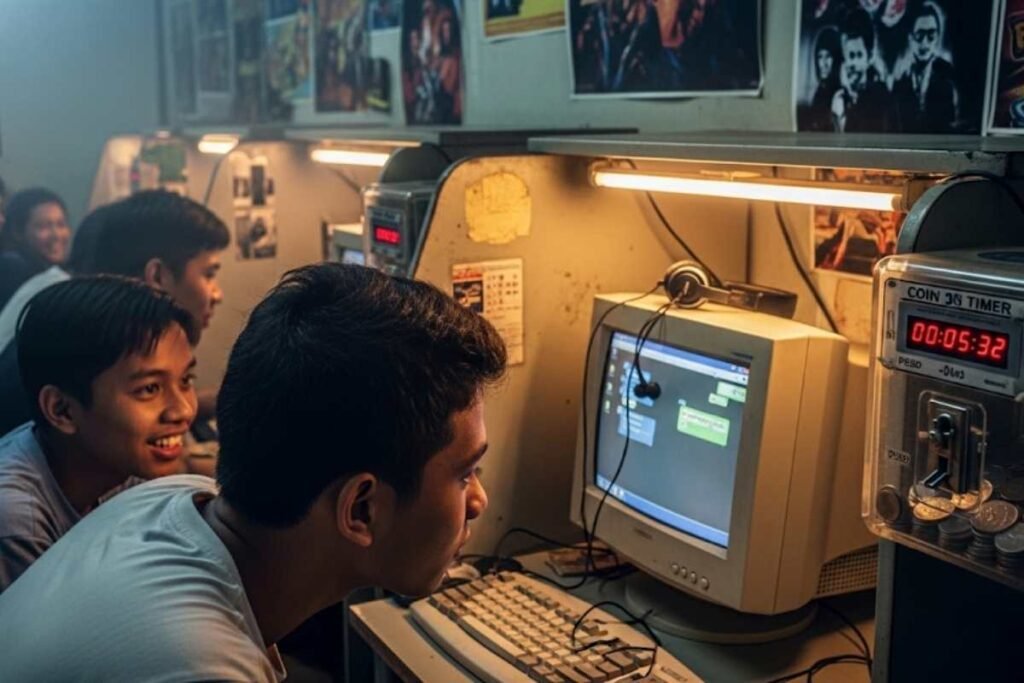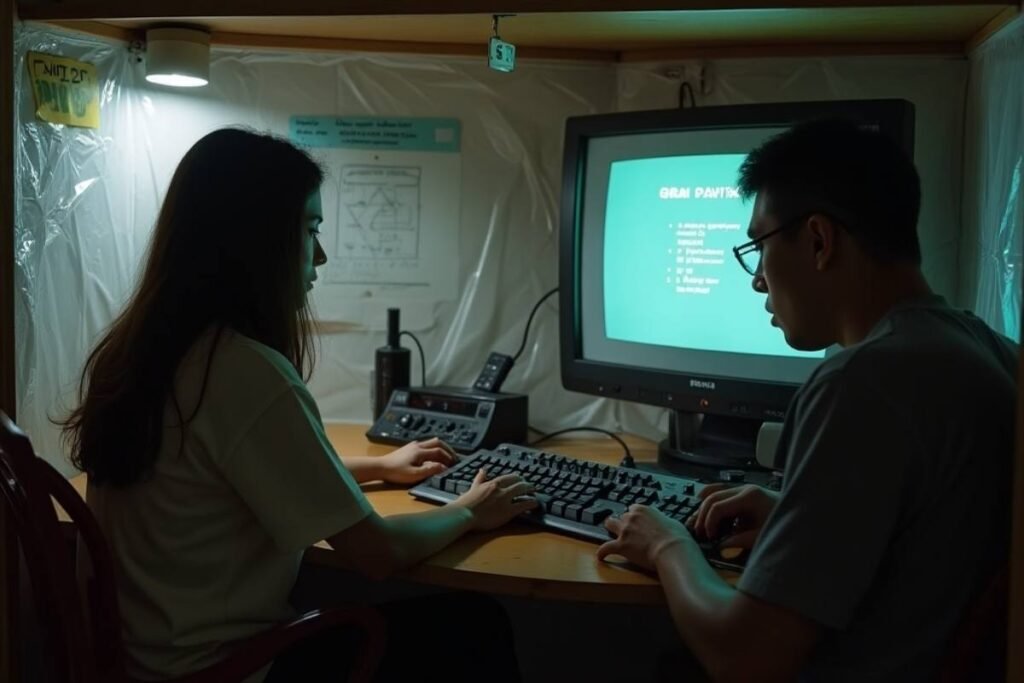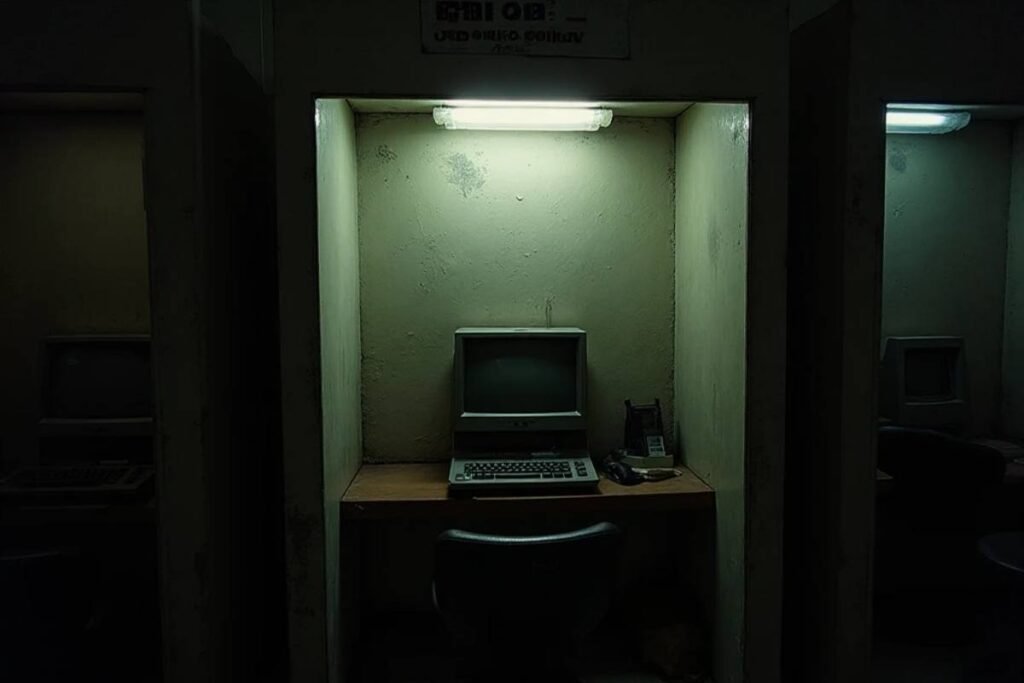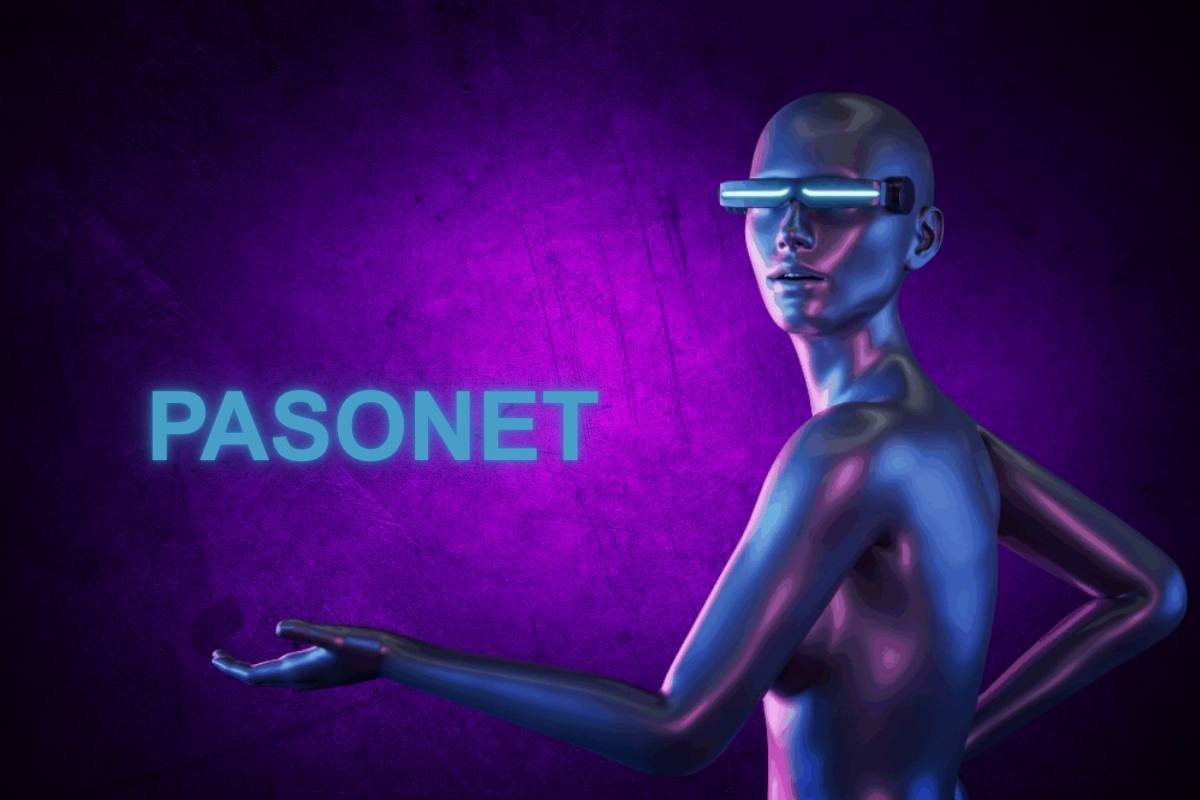There was a time when a few coins and a humming desktop opened doors to an entirely new world. The neon signs outside small shops glowed with promise and inside rows of cubicles buzzed with activity.
Students typed furiously to finish schoolwork gamers shouted in victory and families gathered to connect with loved ones overseas. This was the era of Pasonet a simple idea that transformed daily life.
More than machines and timers it became a cultural heartbeat. Allthefallen remembers stories like these keeping alive the moments that shaped how we first touched the digital world.
What is Pasonet?

The word carried with it more than a description of a service but it became a cultural symbol. At its heart it meant renting internet time by inserting coins into a machine usually in increments of a few pesos.
The process was simple enough that even young kids quickly learned the routine but it was significant enough to alter routines across neighborhoods.
Families who couldn’t afford a home connection found themselves with access. Teenagers discovered chat rooms games and early social networking sites that defined their generation. The term became shorthand for a movement.
How Widespread Was Pasonet?
By the mid 2000s coin operated booths had spread across countless Filipino towns and cities often appearing in sari sari stores school zones and neighborhood corners.
Surveys from that period noted that nearly half of urban students relied on shared computers for online access with many of them using Pasonet daily.
Operators reported steady earnings, averaging a few hundred pesos per unit per day depending on the location. For some families this became their main source of livelihood.
The spread was so rapid that at its peak it was hard to walk through a busy street without spotting at least one glowing cubicle nearby.
Who Used Pasonet the Most?
The booths drew in a wide mix of people but students were by far the most common visitors often rushing in after class to finish assignments or sneak in games.
Young professionals also relied on them to check emails or print documents when home computers were unavailable. Overseas families used them as lifelines logging in to chat services to connect with loved ones abroad.
Gamers filled cubicles late into the night battling opponents in early online arenas. Even casual users stopped by simply to browse or listen to music. In many ways the audience reflected the everyday life of the Filipino community.
The Rise of Pasonet in the Philippines!
The early 2000s marked an era when home computers were expensive and broadband was far from widespread. In many towns people still relied on dial up or had no connection at all leaving a large gap in accessibility.
That gap was filled by small entrepreneurs who saw opportunity in community demand. By setting up cubicles with timers and coin slots they transformed corners of sari sari stores or small shops into digital lifelines.
These spots quickly grew in popularity because they offered affordability and convenience in ways other options could not.
Life Inside a Pasonet Booth!

To step inside one of these cubicles was to enter a shared world of discovery. The plastic-covered monitors glowed dimly keyboards often showed signs of heavy use and a small fan hummed to keep the CPU from overheating.
For students it was the place to research homework and secretly open social media tabs. For gamers it meant hours of excitement in online battles.
For overseas workers it provided a chance to connect with loved ones. Each booth had its own rhythm a pulse of clicking keys and laughter mixed with the ticking of the timer.
Cultural Impact of Pasonet!
Beyond providing internet access these booths became small centers of community life. Neighborhood kids would gather to wait their turn often sharing coins or watching together as one played a game.
Informal rules quickly developed but it is no cutting in line respect for printing queues and quiet reminders when someone time was up.
The booths became noisy classrooms for digital literacy teaching users how to navigate early platforms without formal instruction.
Friendships were made stories exchanged and digital journeys shared. For many this was the first taste of global connection in a familiar setting.
The Business Side of Pasonet!
Running a coin operated booth was a small but significant source of livelihood for countless families. Initial costs included the desktop the timer device and a cubicle enclosure but the investment often paid back quickly.
Location was key but spots near schools or transport terminals attracted the most consistent users. Daily earnings varied but for operators the steady trickle of coins meant real financial support.
Maintenance involved cleaning virus removal and occasional hardware replacement. Though modest, the business model embodied resourcefulness and showed how everyday people could respond creatively to a growing need.
Challenges and Decline of Pasonet!
The model that once thrived eventually began to lose its footing. As technology advanced access to personal devices grew and data became easier to obtain outside shared spaces.
Many regular customers no longer needed a booth to log on because connections were slowly becoming part of daily routines at home or on the go.
The number of users dwindled and shops once crowded with students became quiet. Some booths sat idle their screens dark while operators turned to other forms of income. The familiar sound of coins clinking into slots slowly faded away.
The Legacy of Pasonet!

Although its presence has largely disappeared the mark it left behind remains undeniable. For a generation of Filipinos those cubicles were where digital literacy began teaching them to type search and communicate online.
They opened doors for students who needed resources for workers who needed contact and for young dreamers who explored new worlds.
The model helped democratize internet access during a crucial stage in technological adoption. It was not simply about business but it was about bridging a gap. Its influence is still carried by those who grew up in its glow.
Conclusion
The story of Pasonet is not only about machines and coins but about the people who relied on them. It was a humble innovation that grew into a cultural fixture leaving memories that linger far beyond its physical decline.
For many it represents the first messages sent to friends the first online battles won and the first connections made with distant loved ones.
Its cubicles stood as small bridges between old ways and new opportunities. Though the booths are mostly gone their impact still breathes in the memories of those they served.
FAQs
What does Pasonet mean?
It comes from the phrase pa Internet meaning to pay for a short session of online access.
Why was it popular?
Because it gave affordable internet access at a time when home connections were costly.
When did it decline?
It started to fade in the mid 2010s as personal devices and mobile internet became common.
Can it still exist today?
Some booths remain but their numbers are very few compared to their peak years.
What is the legacy of it?
It introduced countless Filipinos to the online world and shaped their early digital lives.




